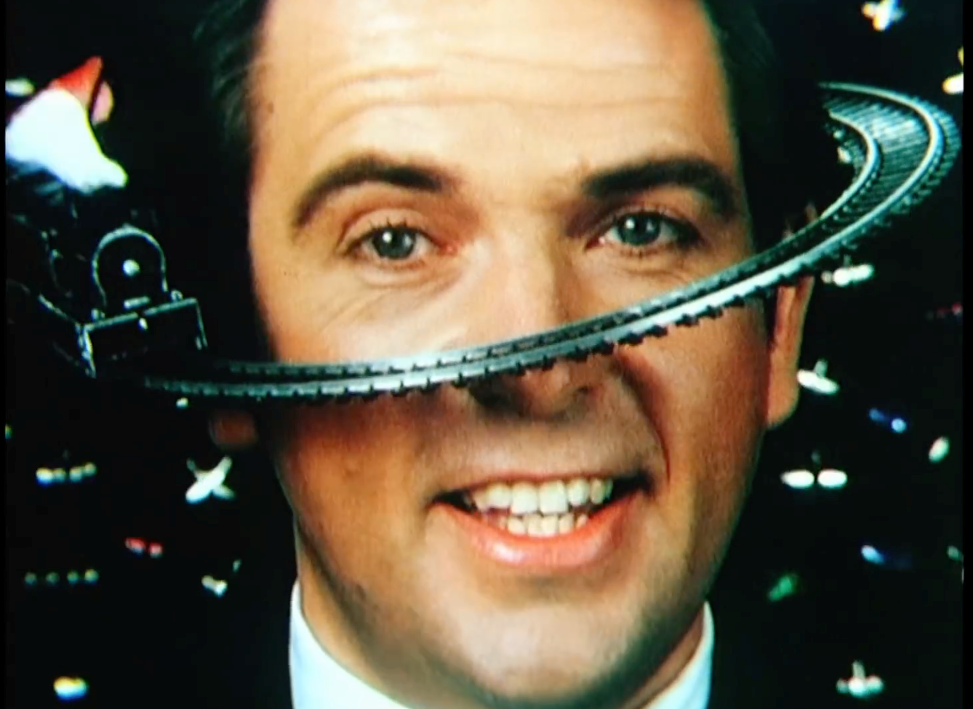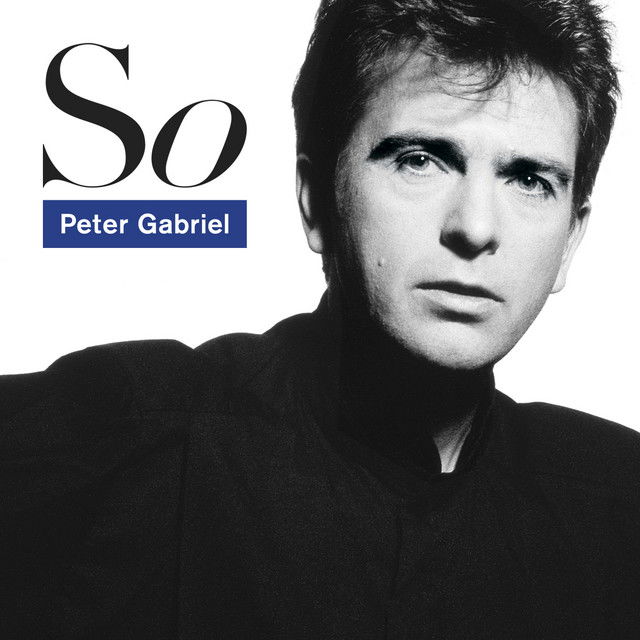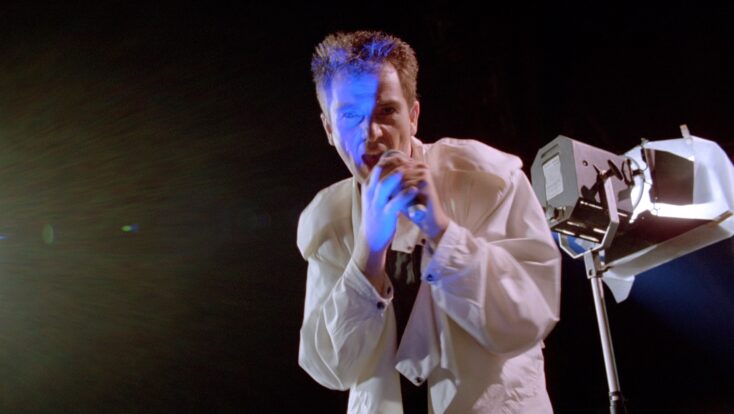Song Stories: Peter Gabriel: Sledgehammer
When we think of the 1980s, certain songs define the era, catchy hooks, bold visuals, and sounds that are instantly recognizable. One track that encapsulates the unique spirit of that time is Peter Gabriel’s 'Sledgehammer,' a song that not only became a massive hit but also helped redefine the art of music videos.
Released as the lead single from his 1986 album 'So', 'Sledgehammer' was a departure from Gabriel’s earlier, more experimental sound. Known for his work with the band Genesis, Peter Gabriel had been carving out a successful solo career, but 'So' was his breakthrough into the mainstream. The album brought together a unique blend of pop, world music, and experimental sounds, with 'Sledgehammer' standing out as its boldest track.
The song was written by Gabriel, and like much of his work, it draws from a wide range of influences. In interviews, he has talked about being inspired by soul legends like Otis Redding and the funk grooves of Stax Records. 'Sledgehammer' is a perfect marriage of infectious rhythm, catchy melodies, and Gabriel’s distinctive, expressive vocal delivery. But what truly elevates the song is the production. A massive wall of sound crafted alongside producer Daniel Lanois, who helped Gabriel find a balance between avant-garde and pop sensibility.
Musically, 'Sledgehammer' layers funky horns, a slinky bassline, pounding drums, and textural synths to create a sound that is joyful and commanding. Gabriel’s delivery on the track is confident and playful, contrasting with the song's deeper metaphors. While it seems like a straight-up celebration on the surface, 'Sledgehammer' uses vivid imagery to talk about rebirth, sexual energy, and breaking free from limitations.
But it’s not just the music that made 'Sledgehammer' iconic. Its music video played a massive role in cementing its place in pop culture history.
The music video for 'Sledgehammer' is, in many ways, just as legendary as the song itself. Directed by Stephen R. Johnson, it became a milestone in the world of music videos. Featuring groundbreaking stop-motion animation, claymation by Aardman Animations (later famous for 'Wallace and Gromit'), and surreal special effects, the video was a visual feast that captured the spirit of the MTV era perfectly. Peter Gabriel gamely spent hours lying under a sheet of glass while painstaking frame-by-frame animations were filmed around him. The result was a mesmerizing, playful, and occasionally bizarre video that felt unlike anything that had come before. It won nine MTV Video Music Awards in 1987, still holding the record for the most awards won by a single video

While 'Sledgehammer' was the biggest hit, 'So' is packed with other standout tracks that helped define Peter Gabriel’s career. 'In Your Eyes,' with its hypnotic groove and heartfelt lyrics, became an enduring love song, famously featured in Cameron Crowe’s 1989 film Say Anything, when John Cusack’s character lifts a boombox playing it above his head.
Another highlight is 'Don't Give Up,' a poignant duet with Kate Bush about perseverance and hope during hard times. Its emotional resonance, coupled with Gabriel’s plaintive voice and Bush’s ethereal presence, made it one of the most moving songs of the decade.

'Red Rain' opens the album with dramatic percussion and haunting imagery, showcasing Gabriel’s storytelling power. Meanwhile, 'Big Time' served as a cheeky companion piece to 'Sledgehammer,' satirizing materialism and celebrity culture with funk-driven bravado.
'So' was a landmark record, one that struck a rare balance between artistic ambition and pop accessibility, cementing Gabriel’s place among the greats.
Of course, Gabriel’s success didn’t start with 'So'. His solo career had been building for nearly a decade before he achieved global superstardom.
His first solo single, 'Solsbury Hill' (from his 1977 self-titled debut album), remains one of his signature songs. Written about his decision to leave Genesis, 'Solsbury Hill' captures the bittersweet feeling of stepping away from something comfortable to chase personal freedom. Its chiming 7/4 rhythm, delicate acoustic guitar, and vulnerable vocals made it an instant classic.
In 1980, 'Games Without Frontiers' from his third solo album ('Melt') became his first Top 10 hit in the UK. A sharp commentary on international politics dressed up as a quirky, surreal pop song, it featured backing vocals from Kate Bush and cemented Gabriel’s reputation for combining thought-provoking lyrics with innovative music. A post on 'Games Without Frontiers' can be found here.
Two years later, 'Shock the Monkey' (from his 1982 album 'Security') became Gabriel’s first Top 40 hit in the United States. Though often misinterpreted as a song about animal rights, Gabriel later explained it was more about jealousy and primal emotion, using vivid imagery and a haunting synth-driven atmosphere that captured the growing power of electronic music in the early '80s.
Each of these songs showed Gabriel’s willingness to explore uncharted creative territory, long before he found mass commercial success with 'So'.

'Sledgehammer' was a chart-topping success, reaching number one on the Billboard Hot 100 and number four in the UK Singles Chart. It helped 'So' sell millions of copies worldwide and introduced Peter Gabriel’s singular vision to an even broader audience.
Peter Gabriel’s 'Sledgehammer' is far more than just a catchy 80s hit—it’s a moment of creative triumph, blending innovation, soul, and playfulness in perfect harmony. Together with the brilliance of 'So' and the foundations laid by earlier masterpieces like 'Solsbury Hill,' 'Games Without Frontiers,' and 'Shock the Monkey,' 'Sledgehammer' forms part of an extraordinary legacy. A legacy of an artist constantly challenging himself